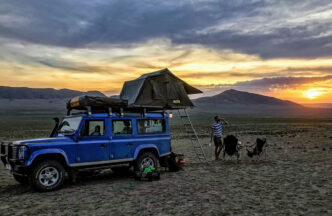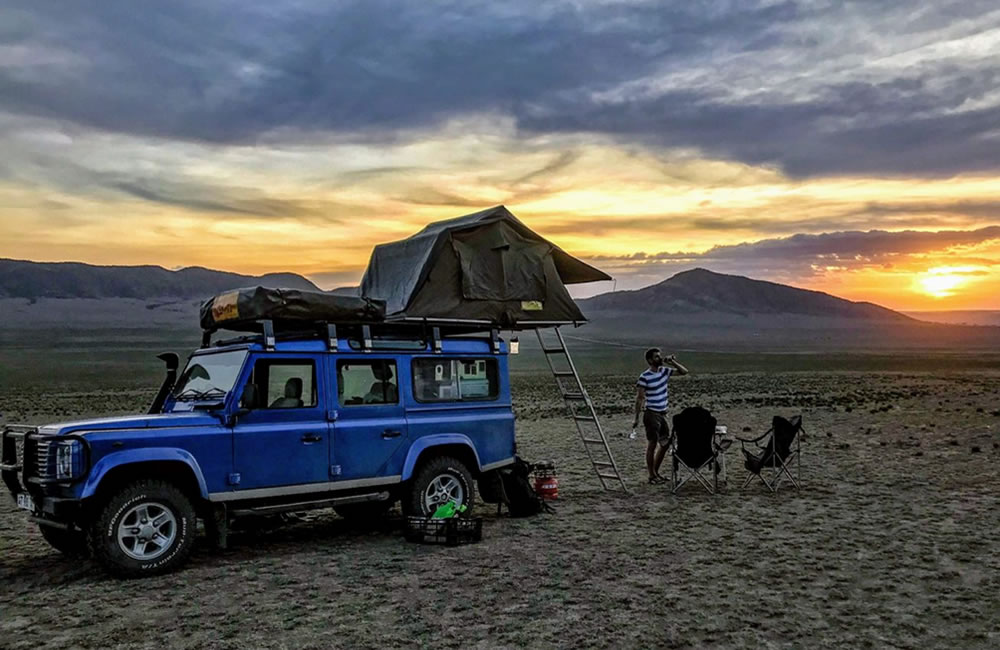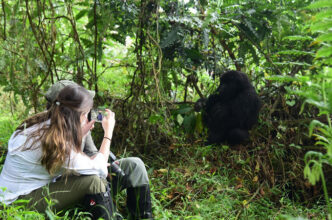Planning a self-drive safari in East Africa can be one of the most thrilling travel adventures you will ever experience. But when it comes to choosing between Tanzania and Kenya, the decision can feel overwhelming. Both countries boast world-famous national parks, abundant wildlife, and unforgettable landscapes. Whether you are chasing the Great Migration, dreaming of spotting the Big Five, or simply seeking the freedom of the open road, each destination offers something unique.
Kenya is often seen as more accessible for self-drivers, with a relatively developed road network and a variety of national parks close to major cities like Nairobi. Its game reserves, such as the Masai Mara and Amboseli, are compact and wildlife-rich, making them ideal for shorter itineraries or first-time visitors. On the other hand, Tanzania is wilder and more remote. A Tanzania self drive safari offers a deeper sense of adventure with vast landscapes like the Serengeti and Ngorongoro Crater. While the roads can be more challenging, the reward is a less crowded, more immersive safari experience.
This guide will help you weigh the pros and cons of each country looking at logistics, wildlife viewing, costs, and more so you can confidently plan your ultimate self-drive safari.
- Roads
Kenya: Kenya has better roads in general. Many roads between cities and towns are paved. You can drive from Nairobi to parks like Lake Nakuru or Masai Mara with few problems, especially in the dry season. Most rental companies are based in Nairobi, which makes it easy to start your trip. Still, you may find bumpy dirt roads inside some parks. A 4×4 is a must, but you don’t need to be a professional driver. Google Maps or apps like Maps.me work well here.
Tanzania: Tanzania’s roads are more remote and rough. Even the main roads between Arusha and Serengeti can be dusty and full of potholes. During the rainy season, some roads become hard to pass. Long drives (6–8 hours between parks) are normal. Driving in Tanzania feels like a real adventure, but you need to be more prepared extra fuel, spare tires.
- Wildlife and Experience
Kenya: Kenya has smaller parks, but they are packed with animals. In just a few days, you can see lions, elephants, giraffes, buffalo, and more. The Masai Mara is world-famous for the Great Migration, and Amboseli is famous for its elephants with Kilimanjaro in the background. Because the parks are close to cities and towns, it’s easier to do short safaris.
Tanzania: Tanzania has larger, more wild parks like the Serengeti and Selous. These parks have fewer roads and fewer tourists, which means a quieter, more peaceful safari. The Serengeti is perfect for big cats, and the Ngorongoro Crater is a natural zoo, with many animals living close together. If you want fewer crowds and more time with animals, Tanzania may be better.
- Cost
Kenya: Kenya is generally more affordable for self-drivers. Car rental is cheaper, fuel costs are lower, and park entrance fees are more budget-friendly. For example, you pay about $200 per adult per day to enter the Masai Mara. Camping is also cheaper. Many parks offer public campsites where you pay a small fee and can pitch your tent or park your rooftop camper.
Tanzania: Tanzania is more expensive, especially in the northern parks. For example, entering the Serengeti costs $83 per person per day. Ngorongoro Crater has extra costs like a $295 crater descent fee per vehicle. Also, many campsites in Tanzania are basic but still costly. There are fewer budget lodges or camps, and more luxury options.
- Campsites
Kenya: Kenya has a wider range of campsites. You will find public camps in parks and also private campsites with facilities like toilets, showers, kitchens, and sometimes Wi-Fi. Some even have small cafes or offer hot meals. If you are using a rooftop tent, Kenya is perfect. There are also budget lodges or hostels near parks for nights when you want a real bed.
Tanzania: Tanzania has fewer and simpler campsites, especially inside parks. Public camps often don’t have running water or electricity. You need to bring your own food, cooking gear, and lights. However, the locations are stunning and wild, you might hear lions at night or see elephants near your tent. It’s a true wilderness experience but only if you are comfortable camping without many services.
- Safety
Kenya: Kenya is generally safe, especially in tourist areas and national parks. Most people speak English, and locals are helpful. But city traffic especially in Nairobi can be stressful. Always avoid driving at night and lock your doors. Police checkpoints are common. Stay calm, carry your documents, and you’ll usually pass through without problems.
Tanzania: Tanzania is safe for travellers, too, especially outside cities. The biggest challenge is vehicle breakdowns in remote areas. That’s why it’s important to check your car and carry tools, extra water, and a spare tire. Just like in Kenya, avoid driving at night. In both countries, wildlife can cross the road anytime even outside parks.
- Language
Kenya: In Kenya, English is widely spoken. Road signs, menus, and park rules are usually in English. This makes it easier for first-time visitors to ask for directions or understand instructions.
Tanzania: In Tanzania, Swahili is the main language, and fewer people in remote areas speak English. It helps to learn some basic words like “Jambo” (Hello) or “Asante” (Thank you). You will still get by, but a Swahili phrasebook or app can be helpful.
- Navigation
Kenya: Most national parks in Kenya have good maps and signs. With a phone or offline GPS app, you can find most places. Roads to major parks like Masai Mara, Amboseli, and Nakuru are well-known and commonly used.
Tanzania: Navigation in Tanzania is harder, especially in the Serengeti, which has few signs and long distances. It’s easy to get lost without a GPS or offline maps. Some areas also require special park permits, so make sure to check in advance and plan your route well.
- Migration
The Great Migration is one of the most amazing wildlife shows in the world. Millions of wildebeest and zebras move across the Serengeti and Masai Mara in a circle each year.
- In Kenya, the best time to see it is from July to October, during the river crossings in the Masai Mara.
- In Tanzania, it starts in the south (Ndutu) from January to March, when the animals give birth. Then they move north through the Serengeti from April to June.
Both countries offer excellent views of the migration it just depends on the season when you travel.
- Entry Fees and Permits
Kenya: In Kenya, most parks are run by KWS (Kenya Wildlife Service) or private conservancies. You usually pay at the gate or online. You don’t need guides or permits for self-driving in most places.
Tanzania: Tanzania’s parks are managed by TANAPA and NCAA. You pay fees in advance or through a travel agent. Ngorongoro Crater is special you need to follow rules strictly and pay extra for driving into the crater.
Be sure to plan permits early, especially if you visit famous parks.
- Local People
Both countries are full of kind, welcoming people. You will often be greeted with smiles, waves, and curiosity when people see a tourist driving alone. In Kenya, you may visit Maasai villages and learn about local traditions. In Tanzania, you might meet Hadza hunters or Chagga farmers. Talking to locals can be one of the best parts of your trip.
- Time of travel
Kenya: Because parks are close to each other, you can do a 5- to 7-day trip and see a lot Masai Mara, Lake Nakuru, Amboseli, and more. It’s great for short holidays.
Tanzania: Tanzania needs more time because the parks are big and far apart. A good route might take 10 to 14 days, covering Serengeti, Ngorongoro, Tarangire, and maybe Lake Natron or southern parks like Ruaha.
Conclusion
Choosing between Tanzania and Kenya for a self-drive safari depends on what kind of adventure you’re looking for. Kenya is easier to navigate, more affordable, and great for shorter trips with well-developed campsites and plenty of wildlife. Tanzania, on the other hand, offers wilder parks, fewer tourists, and a more remote safari experience but with higher costs and longer drives. Both countries are rich in nature and culture. If time allows, consider combining both for a full East African adventure. Either way, a self-drive safari here promises freedom, discovery, and unforgettable wildlife encounters.



